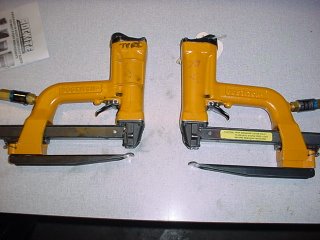For those who could not be in attendance on 4/21, we'll pass on some information that was discussed.
Jamie Dengler from GRMC distributed resource material for starting a wellness program in your company. This is a step-by-step road map for starting and evaluating a program at your site. The first step is a leadership survey. We all know these efforts are DOA if they are not supported by senior/executive management. The Wellness Leadership Survey is completed by senior/executive management. The survey will give you an idea of the support you can expect, and whether you should proceed with your project. This is an essential first step and is definitely "doable". The package contains several more surveys and checklists organized in a logical way for your progression down the wellness path. For those who did not receive a packet and would like one, contact Jamie at GRMC. Jamie also reported that Sean Sullivan- co-founder, President, & CEO of the Institute for Health and Productivity Management- will be working with GRMC on a pilot program for productivity improvement. The pilot program will likely include at least a couple of other companies in the area. Those who may be interested in participating should contact Jamie.
Gina Hardin discussed some resource information for companies who may (
or should) be planning for a possible flu pandemic. The Iowa Dept. of Public Health has information on their website (here:
http://www.idph.state.ia.us/ ) that is useful for the process. This will also be listed in our Links.
Karen Elliott reported that the Mt. Pleasant human resources group is looking for a speaker to discuss safety issues at one of their meetings. This could be an excellent opportunity for those of you out there who enjoy public speaking. Seriously, the exposure could help bring new members to our group. Contact Karen if interested.
Dan Freeman from Shaw Electric volunteered to present information to the exchange regarding Arc Flash Protection and application of NFPA 70E. Members will be surveyed via e-mail for their interested in such a presentation.
Remember, send ideas, photos, thoughts, or rants and raves to me to include on our blog.


